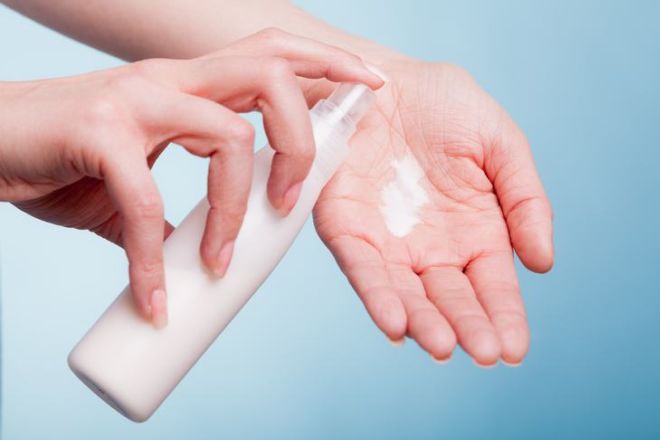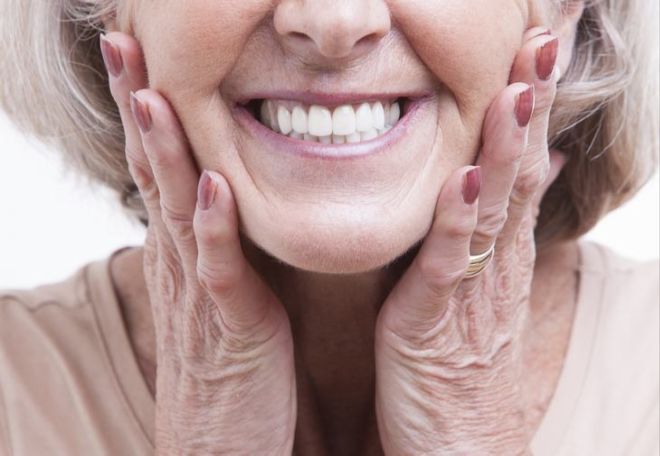6. Dry heels
Dry heels could occur due to a lack of the vitamins A and E. It can also be caused by a presence of fungal infections that affects the overall condition of the epidermis. The last case usually goes together with numerous cracks and the yellowing of nail plates. If dryness and roughness persist even after proper care and an adequate intake of vitamins, it may be a sign of endocrine disruption.
7. Dry hands and dry skin on the body

During colder seasons, dry skin is normal. But using a moisturizing cream, consuming plenty of water and taking vitamins are quite helpful. If these solutions don’t work, visit a dermatologist as dry skin is one of the common signs of diabetes and hypothyroidism. If your skin is both rough and peeling, and also tight and full of cracks, it may turn out to be dermatitis caused by a natural reaction to chemical exposure.
8. Foot deformity
The displacement of a foot bent inward and a change in the shape of the foot characterized by the omission of the longitudinal or transverse arches may indicate a flatfoot. Studies show that transverse flatfoot combined with other deformations tends to occur more often than longitudinal flatfoot. In addition, women are generally more vulnerable to it, due to wearing high heels which cause an uneven load distribution. Heels tend to put the biggest load on the area of the transverse arch. When this arch isn’t able to stand such a load, the foot can get unpleasant, painful, pulling sensations which indicate the beginning of a deformation.
9. White stains on teeth

This is also known as dental fluorosis, a chronic disease that develops either before teething or after, when consuming large amounts of water or products with a high content of fluorine compounds. There are also 5 types of fluorosis classification, which are, questionable, very mild, mild, moderate and severe. The first three variations tend to manifest visually through the appearance of stains, while the last two, lead to decaying teeth tissues and teeth crumbling.
10. Hair loss
A person tends to shed on average, about 100 hairs per day. This is caused because hair follicles go through certain growth stages that can last from two to eight years. Once the growth stage is over, the hair strands fall out and new ones begin to grow after a two-month rest. This means at one point in time, about 80 to 90% of a person’s hair is growing, while the rest is shedding or is in a resting phase. If, however, you’ve noticed more significant hair loss, be sure to consult your doctor as a number of diseases could be the cause, including skin infections, thyroid disorders and a, toimmune disorders.

